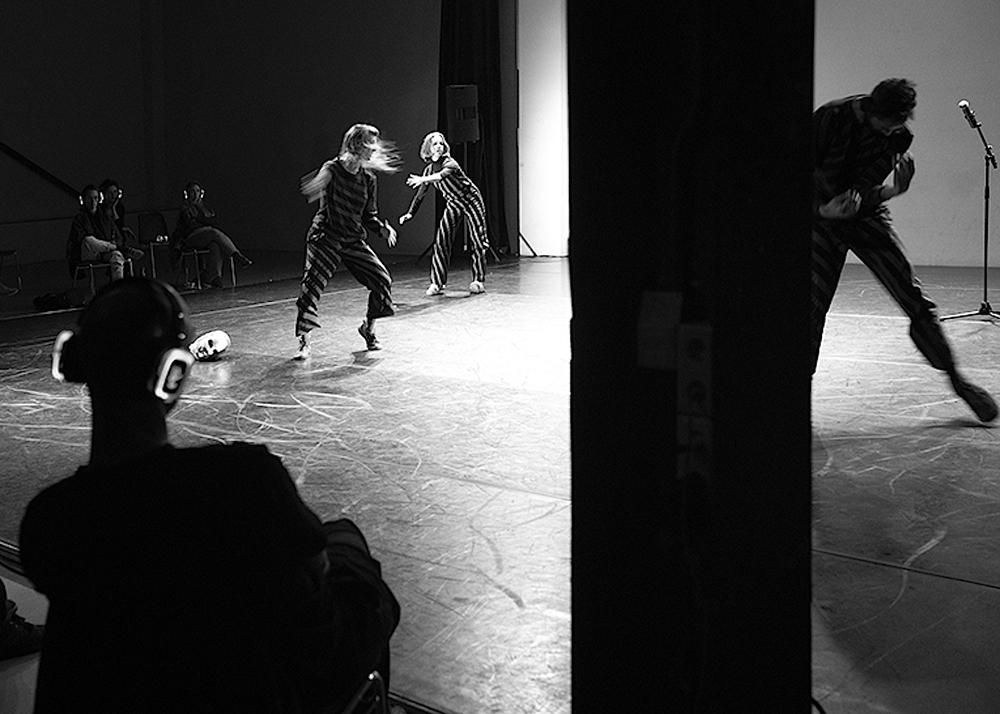
WITHOUT QUITE KNOWING
first performed on July 08, 2020
OT301
performed eight times in 2020
IRINA BALDINI
Simona Piras (production assistant); with Tashi Iwaoka, Artemise Ploegaerts, Charlie Prince, Elisa Vassena, Marco Caudera (performers)
The Netherlands
www.irinaosterberg.com
WITHOUT QUITE KNOWING
IRINA BALDINI
These past years have been ones of doubt and confusion: a global pandemic has brought attention to a socio-political state of affairs rich in uncertainties, concerns, and consternations. Psychological distress following major social disasters has led people to lose a wide range of benefits such as growth, satisfaction, and a sense of identity. American psychologist Susan Jeffers argues that the contemporary attitude of people to “grasp for control” results in them becoming unbearably uncomfortable about uncertainty, which is dealt with by consuming anxiety medications or going into denial. She claims that an acceptance of uncertainty is empowering and that giving into distress leads instead to anxiety.
In the work, four dancers embody decision-making through a methodology based on psycho-physical states of doubt and confusion. The methodology, developed by Baldini (ATE—Accountable Temporary Expedients), allows for the audience not to be left as an outsider, but to participate in the course of the piece by saying pre-arranged words. Audience and performers share the stage, the responsibility for the directions the piece takes and the feeling of confusion that emerges. When momentum picks up increasingly, more variables are made available in spatial transitions, vocal interventions and light/sound cues. The work becomes an unlimited and continuously changing game.
Philosopher Hannah Arendt, soon after WW2, wrote something that sounds now as contemporary as ever: “In an ever-changing, incomprehensible world the masses had reached the point where they would, at the same time, believe everything and nothing, think that everything was possible and nothing was true” (1973). Political leaders could make people believe anything and its opposite and admire them for their strategic intelligence.“Between a Kick and a Cuddle” hereby responds by using (and embracing) confusion, doubt, and uncertainty, approaching them as generative means of creation, and asking: “What happens, if doubt is a place of potential?” Doubting becomes important as it challenges the status quo of things. It helps us to think critically. It also confronts us with our fears, in the face of multiple options. Uncomfortable and risky to inhabit, uncertainty is to be lived through, void of guarantees. In this performance work, it is to be practiced through doubt, to run from definition, between a desire to escape and one to evaluate possibilities. The body becomes torn between states, between going or staying, torn between a kick and a cuddle.